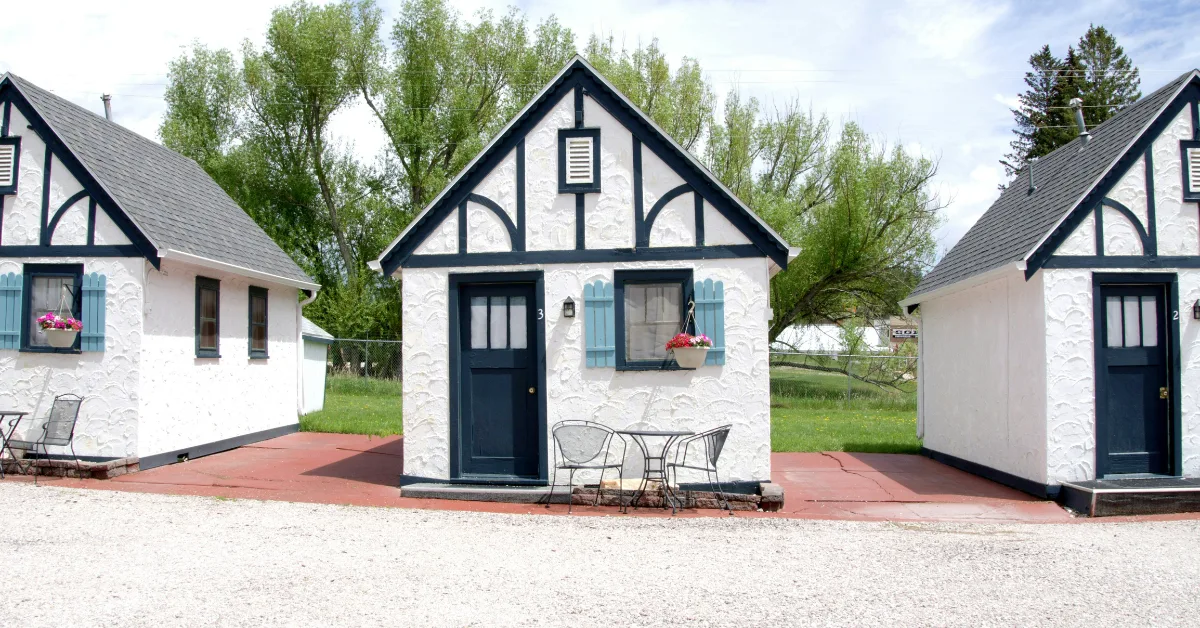Table of Contents
ToggleIntroduction
For many, living in a tiny home represents the ultimate in simplicity an escape from the cluttered, consumer-driven lifestyle of traditional living spaces. Tiny House Living Tips offer a minimalist way of life with the added benefits of lower costs and reduced environmental impact. But let’s be real: making the most of every inch of a tiny home is no easy feat, especially when you still want to maintain a sense of style and functionality.
Whether you’re eyeing a tiny home as your primary residence, a cozy weekend retreat, or a mobile solution, achieving the right balance between practicality and design is key.
In this guide, we’ll delve into 10 must-know tips to make the most of your tiny house focusing on space-saving tricks, design inspiration, and minimalist strategies to help you live big in a small space.
1. Embrace Minimalism for a Stress-Free Tiny House Life
In the world of tiny homes, less truly is more. Adopting a minimalist lifestyle is one of the best decisions you can make for your small space. Start by decluttering before you even move in. A minimalist approach will create a light, open atmosphere that allows you to focus on what really matters.
How to Achieve Minimalism:
- Start with the Essentials: Choose quality over quantity. Invest in versatile, multi-purpose furniture that doesn’t take up unnecessary space.
- Declutter Regularly: Since space is limited, make it a habit to regularly organize your belongings and let go of items that no longer serve a purpose.
- One In, One Out: For every new item you bring in, discard something you no longer need. Whether it’s clothes, kitchenware, or decor, this practice ensures that excess doesn’t accumulate.
By embracing minimalism, you can create a peaceful, functional, and far less cluttered environment in your tiny home.
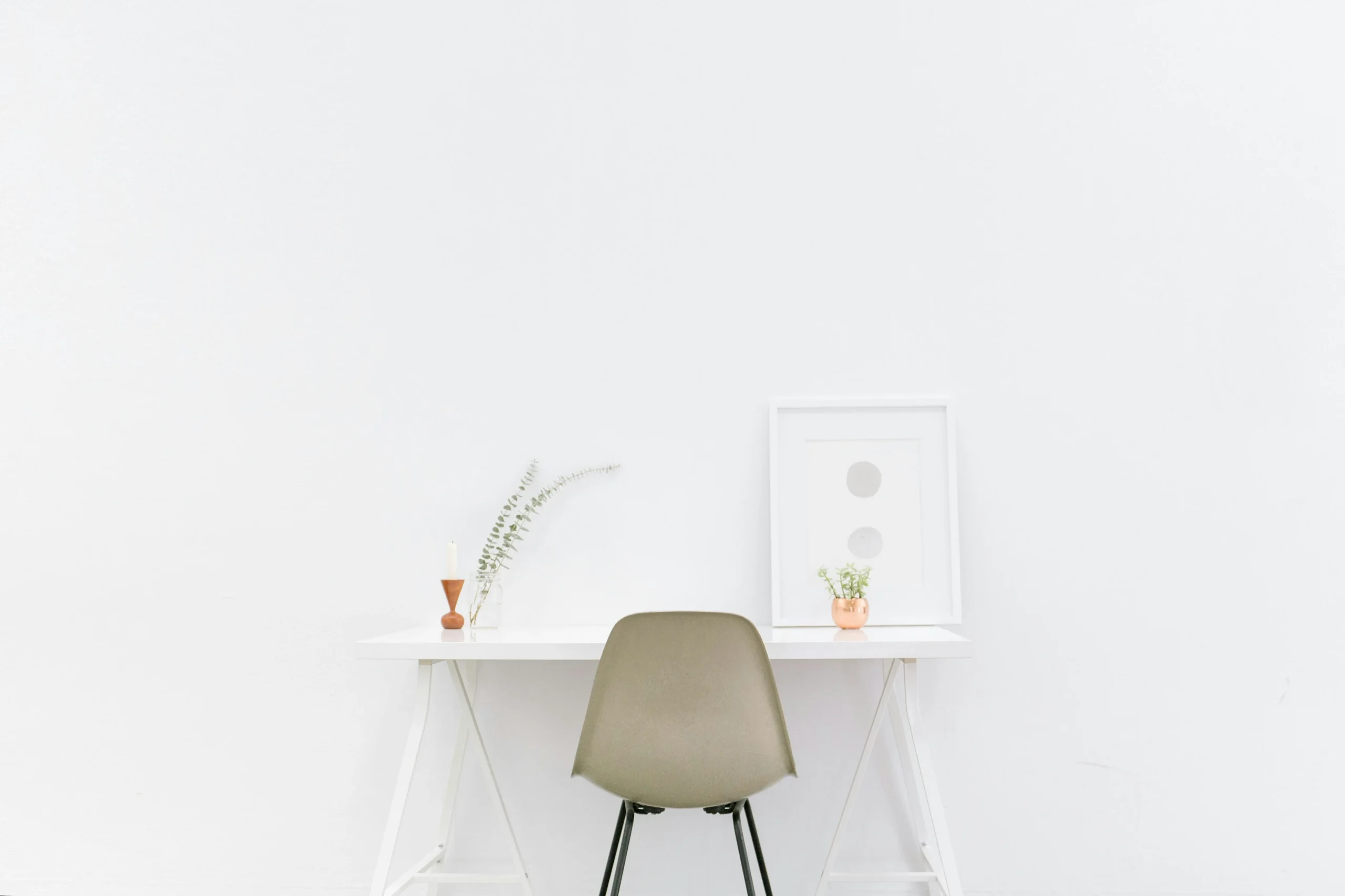
2. Maximize Vertical Space
One of the easiest and most effective ways to gain more space in your tiny home is by thinking vertically. High walls and ceilings often go underutilized, but they offer an incredible opportunity to add extra storage or create functional areas without cluttering your living floor.
Ideas for Vertical Living:
- Tall Shelves and Cabinets: Don’t just think horizontally—use your walls to install tall shelves or cupboards for storage. This gives you extra space for books, decor, or other necessities.
- Lofted Sleeping Areas: If your tiny home has high ceilings, consider a lofted bed or storage area. This creates a cozy, private nook while freeing up valuable floor space.
- Wall-Mounted Hooks and Racks: Install hooks or racks for jackets, bags, or hats—keeping them off the floor and ensuring the space stays neat.
Vertical Tip:
Don’t overlook the inside of cabinet doors or the backs of doors. These often-neglected areas are perfect for additional hooks or storage trays, keeping smaller items organized without taking up precious space.
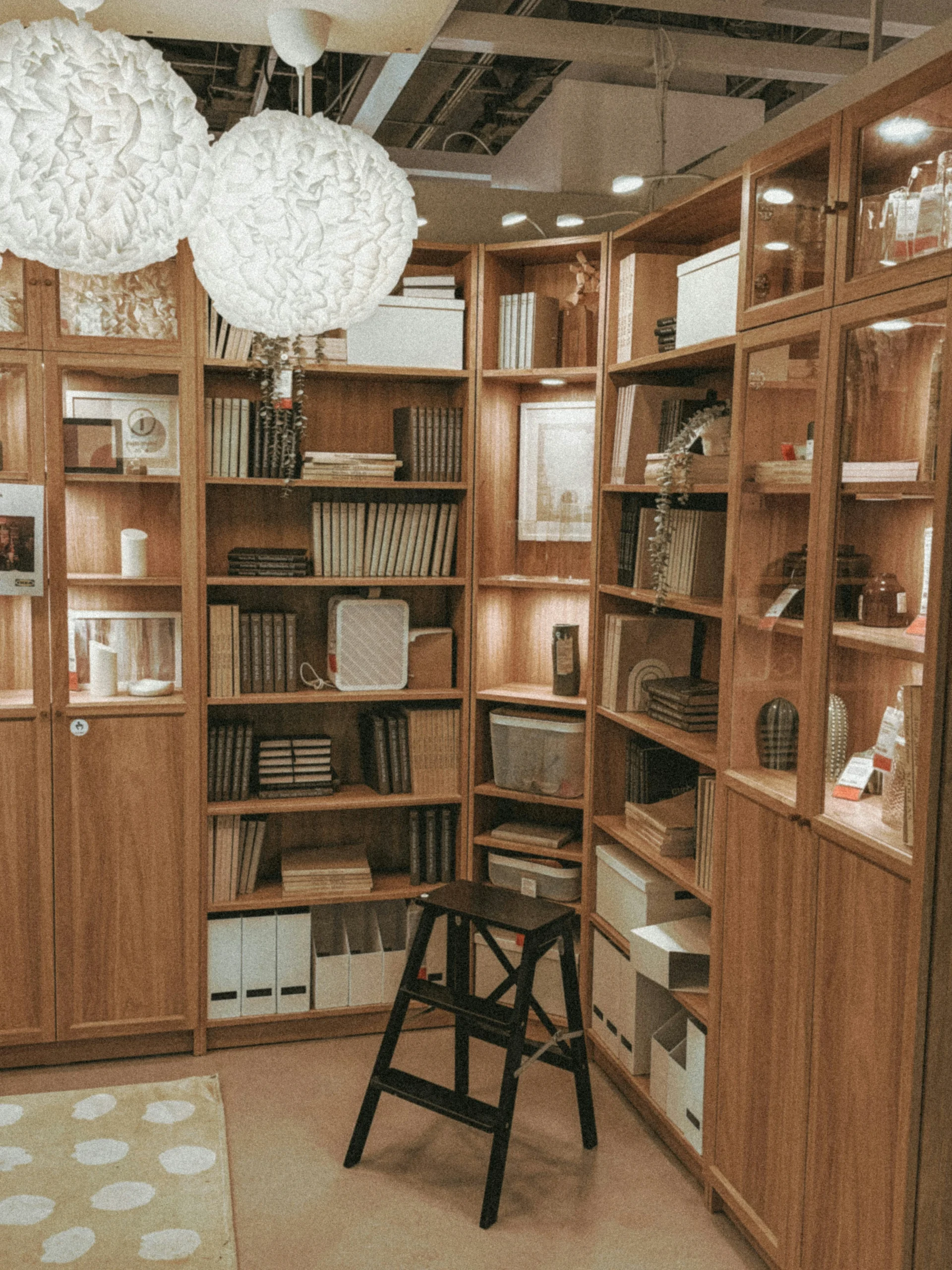
3. Opt for a Flexible, Multi-Use Layout
When designing a tiny home, flexibility is your best friend. A well-thought-out floor plan that can serve multiple purposes is essential. In a small space, every area should be functional, adaptable, and serve more than one role.
Ideas for a Flexible Floor Plan:
- Sliding Doors or Partitions: These can help you create private areas when necessary but slide away to open up the space when you don’t need them.
- Convertible Furniture: Think sofa beds, folding tables, and desks that can be tucked away when not in use. Multi-functional furniture makes a significant impact in maximizing space.
- Open Floor Plans: Instead of compartmentalizing rooms, an open layout allows light to flow freely, making the space feel bigger and more open.
A flexible layout allows you to easily adjust to different situations, whether you’re hosting guests, working from home, or simply enjoying some downtime.
4. Furniture Layout: Small Pieces, Big Impact
The way you arrange your furniture can make or break your tiny home’s functionality. To keep things both stylish and organized, choose pieces that are compact yet offer smart storage or flexibility.
Furniture Layout Tips:
- Compact Furniture: Select smaller furniture pieces that fit your space rather than oversized ones that can overwhelm the room.
- Built-In Storage: Consider benches or ottomans that offer hidden storage. These dual-purpose pieces are great for both seating and stashing away extra items.
- Foldable or Stackable Pieces: Look for furniture that can be folded or stacked away when not in use—like collapsible tables that can be hidden in closets or under the bed.
With the right furniture layout, your tiny home can be functional, comfortable, and surprisingly spacious.
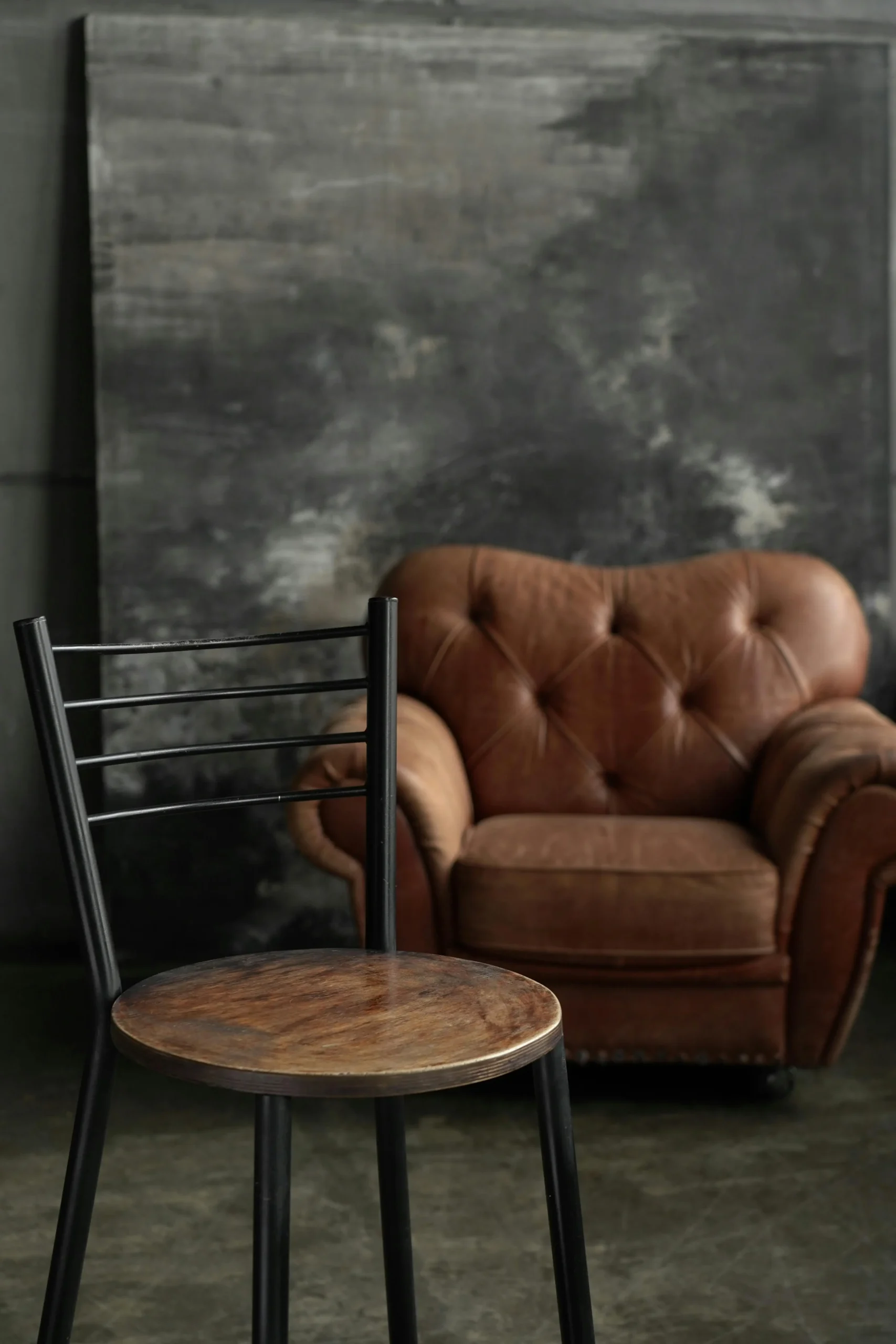
5. Get Creative with Storage Solutions
In a tiny home, clever storage solutions are absolutely essential. Hidden spaces are your best friend when it comes to staying organized and keeping your living area clutter-free.
Storage Ideas for Tiny Homes:
- Under-Bed Storage: Utilize the space beneath your bed for bins or drawers to store things like seasonal clothing, shoes, or extra bedding.
- Storage Stairs: If your home has a loft, the steps can double as drawers or cabinets for hidden storage.
- Above-Door Shelves: Don’t forget the space above doors or windows. These often-overlooked areas are perfect for storing books, shoes, or kitchen items.
For kitchens and bathrooms, consider pull-out drawers or rotating shelves. They’re a great way to keep smaller items organized and easily accessible without taking up valuable space.
6. Keep It Light and Bright with Neutral Colors and Mirrors
In tiny house design, lightness is key. Opt for light colors and mirrors to open up the space and create an airy, expansive feel.
Design Ideas to Maximize Light:
- Light Colors: Whites, soft grays, and pastels help reflect light and make the space feel brighter and more spacious.
- Mirrors: Strategically placing mirrors—especially across from windows—can make your home feel bigger by reflecting natural light.
- Reflective Surfaces: Choose materials with a glossy finish or reflective accents to bounce light around and create a sense of openness.
Sheer curtains are also a great idea—they let in plenty of light while still maintaining privacy.
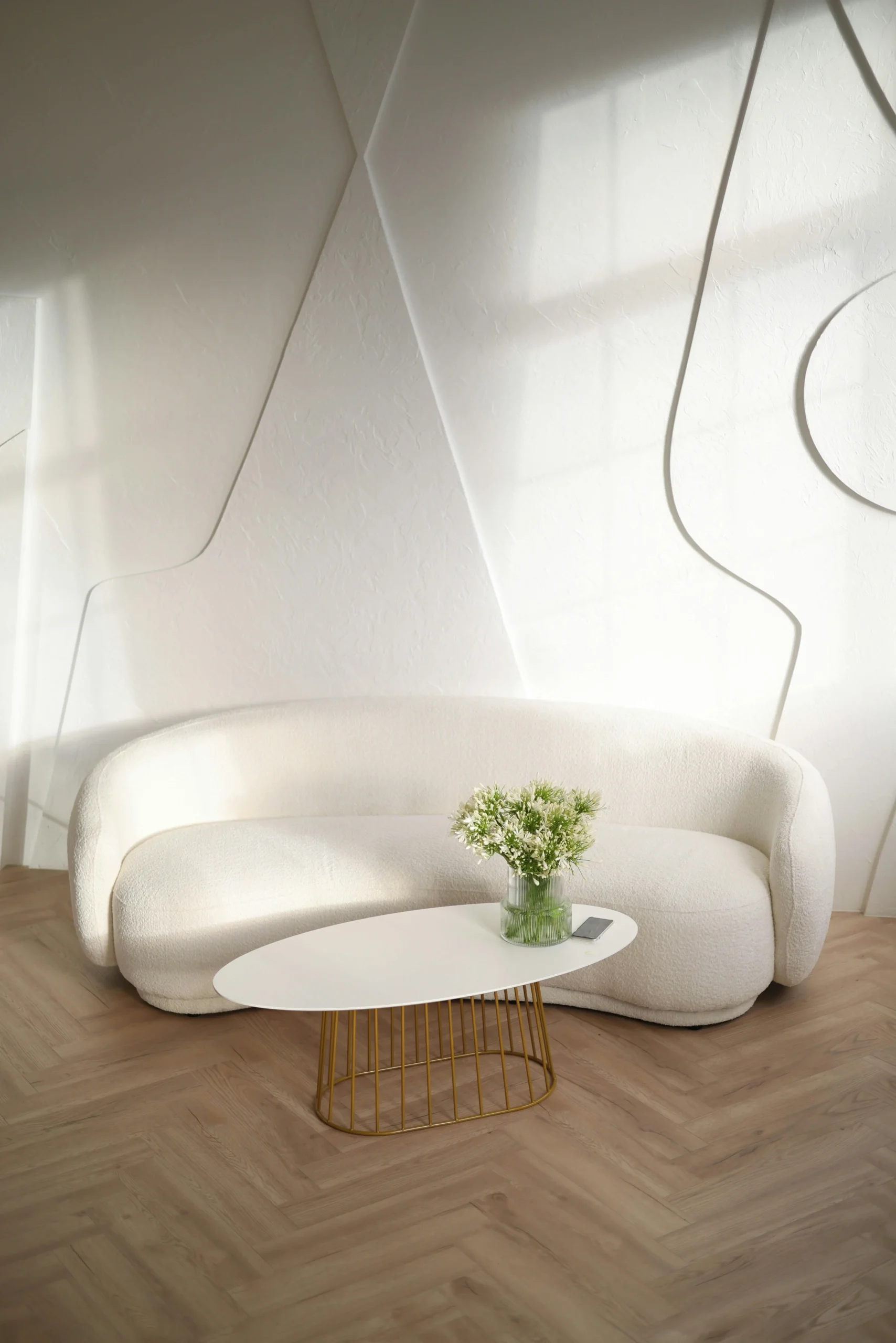
7. Make the Most of Your Tiny Kitchen
The kitchen is often the heart of a tiny home, but it can also get cluttered quickly. To keep things tidy and functional, use space-saving strategies that ensure your kitchen is both stylish and practical.
Space-Efficient Kitchen Tips:
- Compact Appliances: Opt for smaller appliances, such as a mini-fridge or compact stove, that pack all the functionality of full-sized versions without occupying as much space.
- Vertical Storage: Hang pots, pans, and utensils on the walls. A magnetic knife strip or wall-mounted pot rack keeps counter space clear.
- Pull-Out Counters: Consider counters that slide out when needed and can be tucked away when not in use—perfect for maximizing workspace.
An efficient kitchen layout creates defined areas for cooking, prepping, and cleaning, all while maintaining an open, accessible design.
8. Design a Comfortable, Space-Saving Bathroom
Tiny house bathrooms don’t have to feel cramped. With a bit of creativity, you can design a bathroom that’s both functional and stylish, making the most of every square foot.
Small Bathroom Design Tips:
- Shower-Tub Combos: If a tub isn’t necessary, a shower stall with built-in storage might be the best option. For multi-functional spaces, consider a shower-tub combo.
- Wall-Mounted Sinks: A floating sink helps save floor space while adding a sleek, modern look.
- Vertical Storage: Use wall-mounted shelves to store towels, toiletries, and other essentials—ideal for keeping the space uncluttered.
Mirrored medicine cabinets are an excellent choice too, adding storage without taking up valuable space.
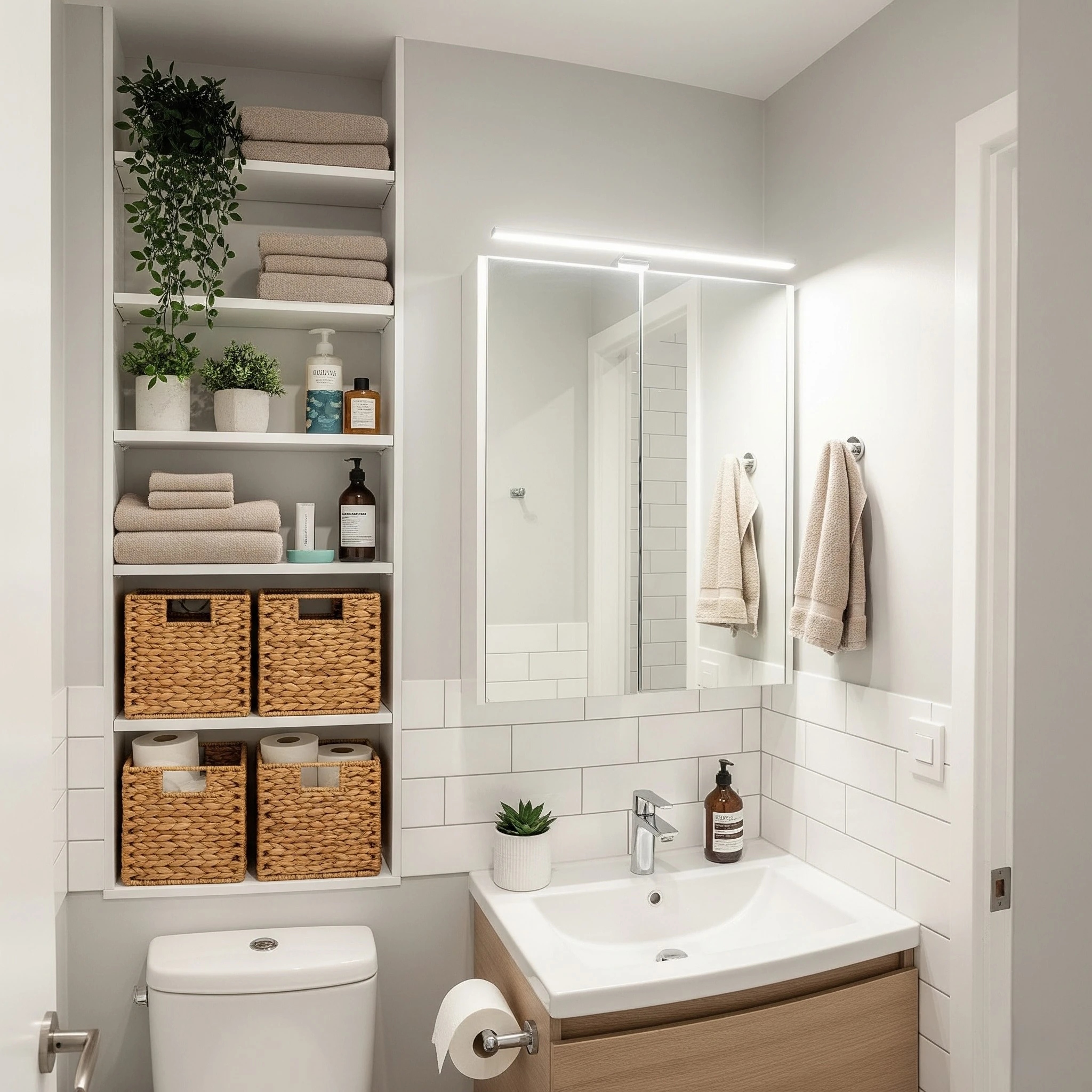
9. Add Personality with Thoughtful Decor
Even in a tiny home, it’s important to infuse your personality into the space. Striking the right balance between minimalism and personal style can make your tiny house feel like home.
Decor Tips for Tiny Homes:
- Use Textiles: Cozy throws, cushions, and rugs can add warmth and texture without taking up too much room.
- Bring in Plants: Small plants or hanging planters can bring a touch of nature into your home without overwhelming the space.
- Artwork: Choose a few simple, meaningful pieces of art to personalize your space. Keep them streamlined and cohesive to enhance the overall design.
10. Stay Organized with Smart Systems
Keeping a tiny home organized is crucial, and setting up systems for tidiness can help you maintain a clean, functional space long-term.
Organization Tips:
- Baskets and Bins: Use stackable bins to keep everything in its place. Choose storage solutions that can fit under furniture or inside closets.
- Labeling: Labeling boxes and containers ensures you can quickly find what you need without sifting through clutter.
- Regular Decluttering: Every few months, reassess your belongings. Keep only what you truly need and get rid of the rest to prevent unnecessary accumulation.
By creating smart storage and organization systems, you can keep your tiny house tidy and liveable without feeling overwhelmed.
Conclusion: Function, Style, and Simplicity Go Hand in Hand
Living in a tiny home doesn’t mean compromising on comfort or style. By embracing minimalist living, focusing on smart storage solutions, and choosing functional layouts and furnishings, you can craft a space that feels spacious, organized, and full of personality.
Tiny house living is all about efficiency—making every square foot count while staying true to your personal aesthetic.
These 10 tips for tiny house living and design will help you create a space that perfectly balances practicality and style. Whether you’re diving into tiny home ownership or just looking to optimize a small living area, these strategies will help you make the most of your space.

